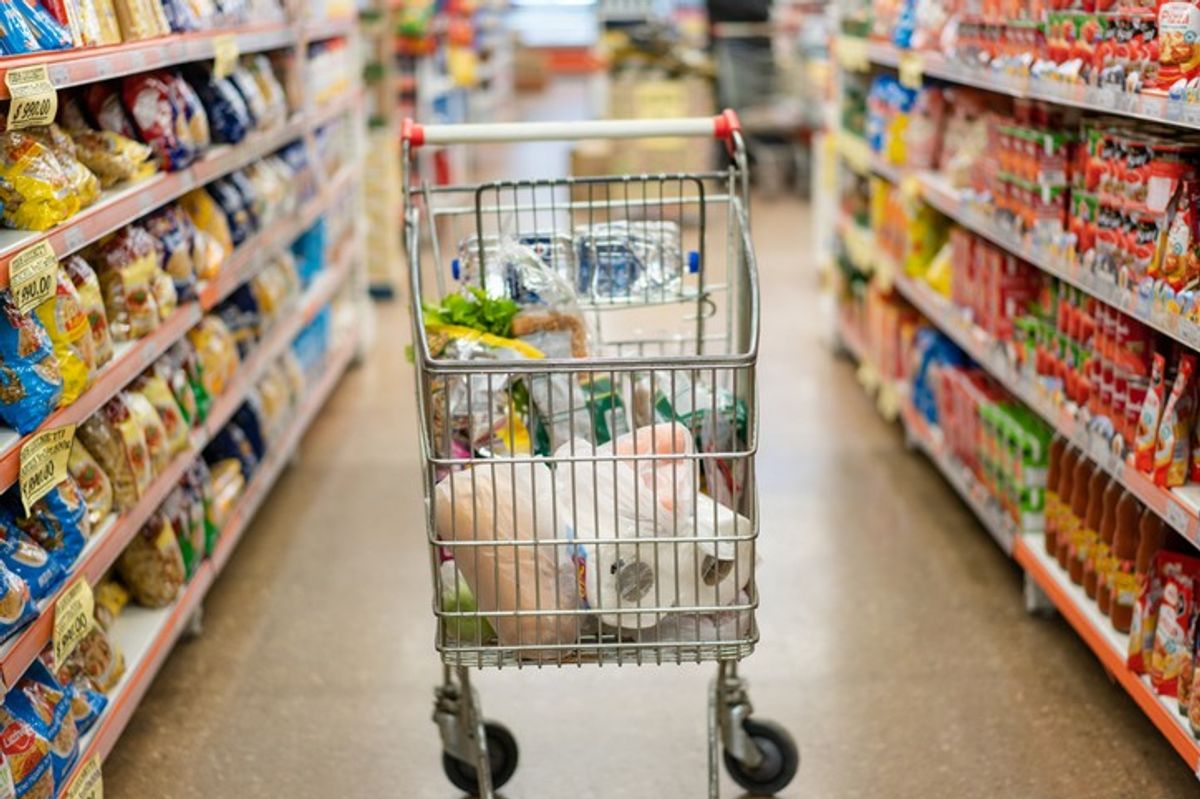Consumers are maximising loyalty card prices and opting for cheaper products as consumer confidence in the UK economy fell during the last quarter, reaching the lowest point so far this year, according to KPMG’s latest Consumer Pulse survey.
KPMG’s poll of 3000 UK consumers saw the number of people feeling that the economy is worsening increase from 51 per cent to 62 per cent in the last three months – and up from 43 per cent since 2025 began.
Impact of economic concern
As has been the case throughout 2025, the majority (58 per cent) of consumers continue to feel financially secure, with no change since the last quarter. But due to a perception that the UK economy is worsening, consumers say they are reducing or deferring spending.
Of those who agreed that the UK economy is worsening:
- 56 per cent say they are cutting spend on everyday items (up from 51% last quarter).
- 38 per cent are deferring big ticket purchases (up from 35% last quarter).
- And 38 per cent are saving more as a contingency (up from 36% last quarter).
The cost of groceries is the most common reason (81per cent up from 79 per cent last quarter) to feel that the economy is worsening, followed by utilities cost (77 per cent, up from 74 per cent last quarter).
Four in ten (39 per cent) of those saying the economy is worsening say so on the basis of media or social media content that they consume, while a fifth (21%) are influenced by what family and friends tell them.
Responding to the findings, Linda Ellett, head of consumer, retail and leisure for KPMG UK, said, “Rising food inflation and news of higher energy bills this autumn are two likely factors in the increase in consumer pessimism about the UK economy over the last quarter.
"Despite the majority of households feeling secure in their current ability to manage their household budget, concern about what a worsening economy will or could mean is leading consumers to say they are cutting, altering or deferring spending.
"As the Budget approaches, the government need to convince more households that the economy is heading in the right direction.
“Larger purchases are more considered than everyday spend for the majority of people, but there is often money there for the right occasion, product or deal – as demonstrated by holiday spending or household goods buying this summer. Retailers will be focussing on how they entice cautious consumers to spend during the final promotional and festive months of 2025.”
Quarterly spending
Evidence of targeted big ticket spending over the last three months is highlighted in the survey, with one third (29%) of respondents saying they spent on a holiday during the period.
Sales of household goods have been seeing steady monthly increases since the spike in property transactions ahead of the Stamp Duty changes in April, with the last three months seeing 15% of consumers saying they bought a home electrical appliance, 14% spending on minor home improvements, and one in ten buying furniture.
As has been the case in previous Consumer Pulse surveys this year, eating out (40%) and takeaway (34%) are the most common things people report spending less on this quarter compared to last.
Buying behaviour
Consumer focus on price was again evident during the last quarter, with price the number one buying driver for 68% of consumers and a quarter of respondents saying they had used loyalty cards more and a quarter also reporting buying more promotional or discounted goods.
Ellett added: “As food inflation, higher employment costs, and other supply challenges filter their way through to costs of food and drink – in both groceries and eating out, consumers tell us that they are adapting their behaviour to manage these higher costs.
"Groups of consumers are cutting back on the frequency or total spend of eating out, making product switches when grocery shopping, or maximising loyalty card prices. Cost continues to influence buying behaviour and price is the main purchasing driver for 68% of people when buying everyday items.”


